Dir. U Roberto Romano at the Deutsche Welle Global Media Forum 2011
 Interview with Roberto Romano,
Interview with Roberto Romano,
Human Rights Educator, Filmmaker,
Photographer and speaker on
the Deutsche Welle Global Media Forum 2011
Roberto Romano: “The Dark Side of Chocolate”
Investigative photographer and filmmaker U. Roberto Romano is one of today’s foremost creative minds when it comes to capturing images of wrongdoings which words cannot describe. He’s also a committed and well-versed advocate for human rights, particularly with regard to labor and production conditions in various countries around the world. A widely respected expert, his impressing and profound documentaries focus predominantly on issues such as child labor and the contemporary slave trade.
“The Dark Side of Chocolate” is the name of a documentary which Romano jointly produced with Danish journalist Miki Mistrati about human trafficking, child and slave labor in connection with the cocoa industry in the Ivory Coast. Romano’s perspective always digs below the surface. His pictures tell stories that leave no one unmoved.
Interview
DW: You began with your activities on the issue of child labor in Pakistan as early as 1995. Since then you have documented cases of child slavery. Have the new media since then helped you to bring about a change for the better?
RR: Martin Luther King said: “The arc of the moral universe is long, but it bends towards justice”. For many of us seeking social justice, this long arc usually feels too long and change comes too slowly and at great expenses in terms of lives lost, potentials unrealized and dreams unfulfilled.
The media only seems capable of focusing meaningfully on a handful important issues at a time. When I was growing up it was civil rights and women’s rights. Today, we are still fighting for women’s rights around the world and the rights of children and the enslaved. But these are just the current manifestations of the twin demons of poverty and powerlessness that have plagued us all through history. And although there are new media out there that are raising awareness about many issues, much of it often lacks the ‘density’ to create significant change. That said; it is our responsibility to show the world as it is and to focus on issues of importance, always.
The media does bring change by raising awareness and by that awareness being channeled into robust and well-organized movements but that is a difficult combination.
DW: What action would the world have to take in order to confront the problem? Take the example of the South Asian carpet industry where thousands of child laborers are currently being exploited. Can a new label like GoodWeave contribute to increase consciousness, not only in the wider public but especially in the actual industry itself?
RR: GoodWeave served as part of a broader campaign against child labor and slavery that reduced the number of children in the looms by hundreds of thousands. This is what I meant by media being channeled into robust and well-organized movements. It is a great example about how a label evolves to fit the needs of the laborers, the manufacturers, the communities and the consumers by connecting the consumer to the carpet in ways that were unheard of before. At their best, labels create both change and consciousness and GoodWeave is one of the best examples of how to do this.
DW: You are a filmmaker and photographer, a man of visual impressions. Can the power of pictures attract the attention of policymakers and businesspeople? What was their reaction to your documentary “The Dark Side of Chocolate”?
RR: Pictures show us the world as it really is, especially when what you are trying to show is ‘unimaginable’. We know the words child, slave and coca but the power of images can distill them into an undeniable and powerful moment that cannot be ignored. The abandoned boy who has been trafficked from Mali to the north of the Ivory Coast who sits alone crying and desperate with fear, the young girl, Mariam, whose open sores speak to the total lack of care she has gotten while she was being smuggled, the empty stare of the boy with a machete in one hand and a cocoa pod in the other, the life in his eyes all but sucked out of him all convey what words and studies and conventions and laws cannot: the unmitigated horror that is visited daily on much of the world. How can anyone not react when confronted by that reality?
DW: Would you say that this is the objective behind your documentaries, to confront decision makers with reality? What are the main tasks you want your movies to fulfill?
RR: All of the films that I have been involved with have an effect. However important it is to gain access to government, gaining access to the consciousness of the public is important as well. To this end, I have always made portions of the films I have been involved in available to the international press. Since the release of “The Dark Side of Chocolate” there has been a huge boost in the demand for imports that are Fair Trade certified. I do believe that the film played a part in this increased demand.
The bottom line is: whatever model we adopt needs to be top down as well as bottom up. It needs to speak to those who make the rules and those who have to live under them.
To Learn more about the Deutsche Welle Global Media Forum please follow this link: http://www.dw-world.de/dw/0,,14143,00.html
